

By Hodaya Harary ('27)



By Hodaya Harary ('27)
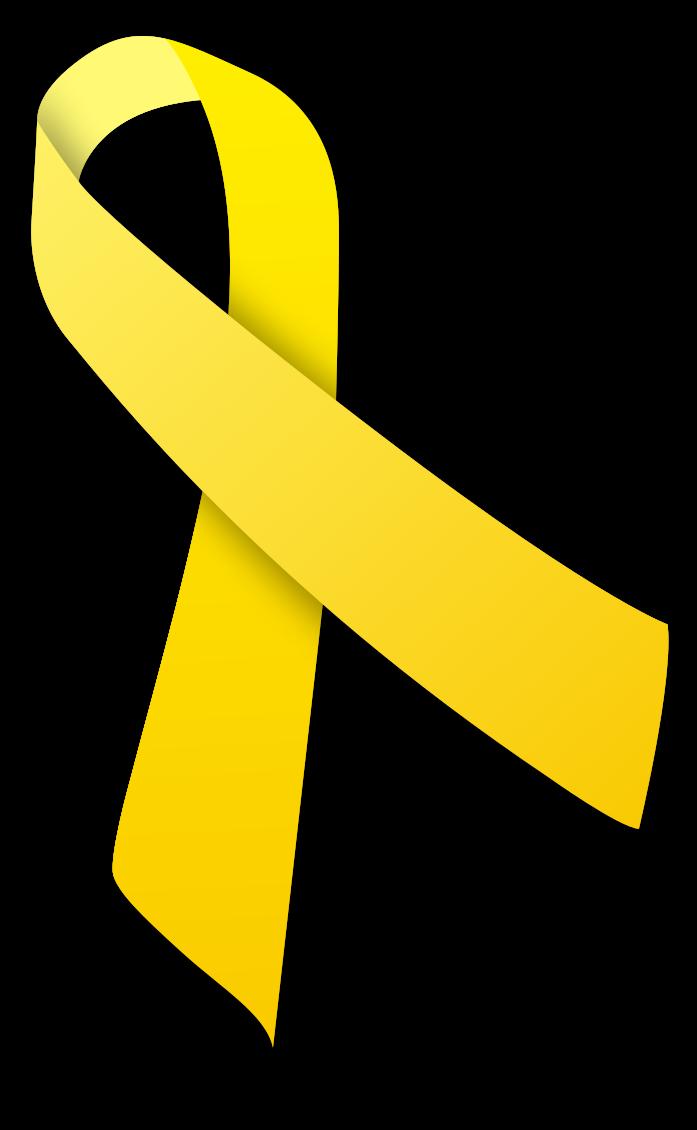

e remember that the children of Abraham are taught that whoever saves a single life saves an entire world.” These were the closing remarks made by Secretary of Defense Lloyd J. Austin III in his response to the news of a successful ceasefire deal between Israel and terrorist organization Hamas, facilitated on January 19 this past month. The ceasefire agreement took the media by storm, making headlines worldwide. After 15 months of war garnered the blood, sweat, and tears of both Israelis on the battle-field and supporters from afar, this relief couldn’t come sooner. This deal involves the release of 33 total Israeli hostages, freed incrementally over the next few weeks. In exchange, Israel is set to release hundreds of Palestinian prisoners, most if not all of which are terrorists. Since its official authorization, the ceasefire deal has received mixed feedback from Israel supporters all over the globe, grappling with how best to approach the hostage agreement in such tedious and fragile situations.
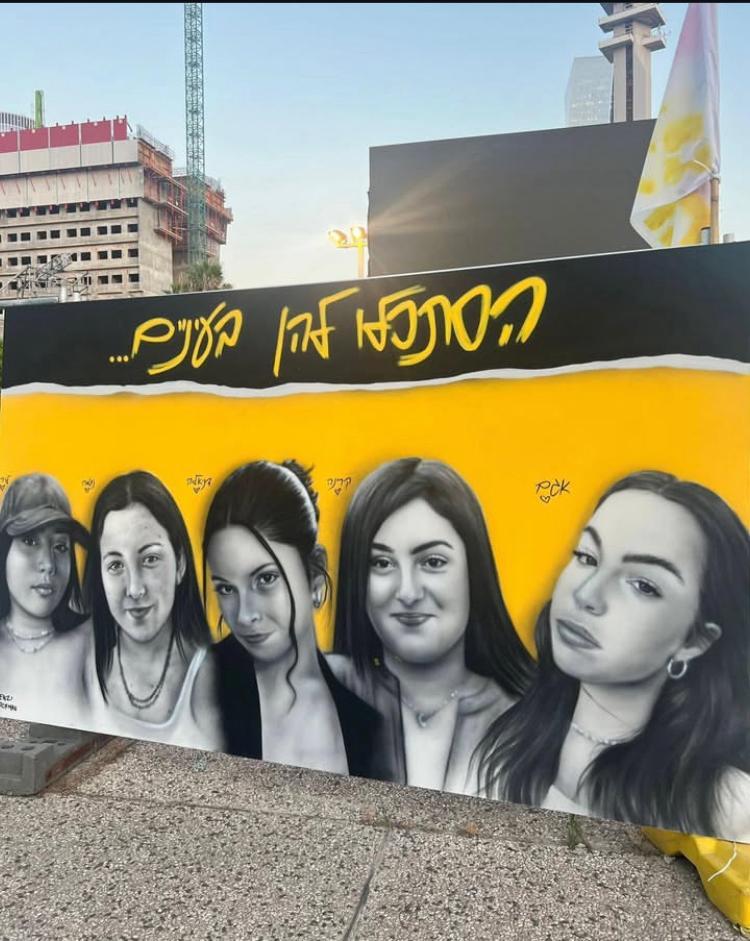
To many, the ceasefire deal is a cause for celebration – 33 beloved hostages finally returning home after more than a year in captivity. However, others believe the dangers of the released terrorists outweigh the significance of the hostages returning home, fearing that they may again perpetrate an event like October 7th in the future. While it is obvious that both sides of the situation have their benefits and their drawbacks, the ceasefire deal shows how Israel swiftly made a decision in such a tumultuous time. For many people, the hostage exchange was the right decision. As Jewish people, we recognize the principle of “Pikuach Nefesh – saving a life” and emphasize it above almost all else. On the horrid events of October 7th, so many innocent civilians were kidnapped, injured, or killed. Every one of those lives were incredibly valuable and worth rescuing.






Despite all the positives brought about by the hostage exchange, many people also believe that it could cause more harm than good. Due to the large number of terrorists released in this deal, many speculate that this could cause another terrible massacre like that of October 7th. Many have been comparing the current hostage exchange to a similar trade for Israeli soldier Gilad Shalit, taken captive in 2006 by Hamas. Shalit remained in captivity for five years, while Israel organized a treaty with Hamas, desperate for the soldier to come home. In exchange for Shalit’s return, Israel reportedly traded 1,000 Palestinian prisoners – the largest Israeli hostage to prisoner ratio to this day. While this trade was a momentous occasion for many Israelis, who viewed the long awaited return of Shalit as a symbolic victory as much as a physical one, it had later

repercussions down the road. The 1000 prisoners traded in this deal were likely involved in the horrible attacks of October 7th – the largest Jewish homicide since the Holocaust. One of the released prisoners was even Yahya AlSinwar, the former chairman of the Hamas Political Bureau and one of the main directors of the attack. This situation in
specific is what leads so many to think that the current hostage exchange deal between Israel and Hamas could lead to something worse in the future, mirroring what happened with Gilad Shalit almost two decades ago. These internal conflicts can lead to even more confusion and melancholy in already difficult times. Regardless of personal beliefs, it is amazing to see how much the life of each and every hostage has been valued since the start, and inspires those who follow the news in so many different ways. No matter their age, gender, or political ideology, it is truly
remarkable to see the impact that the hostages have made on those viewing the war from an outsider’s lens. It’s even greatly influenced students right here at the GMSG, thousands of miles away from Israel.
For example, Atara Segal (25’) has found creative outlets through which she connects to the hostages and to Israel. She remarked, “I have found the artwork created by Jews around the world to really connect me to the war and to remind me there are still hostages in Gaza in need of saving. Each art piece evokes an emotion related to the grief and pain that we as a nation feel during this time, and the art also speaks on behalf of those who do not have a voice right now.”
Shulie Ibragimova (26’) also expressed her link to the hostages “I feel connected to the hostages when I put myself in their positions. It sounds so scary! I can’t begin to imagine how their families feel: they don't even know if their loved one that was taken away from them is even alive. It's such a scary feeling, not knowing if the person you love is okay or even being taken care of.”
Despite the two opposing sides of the hostage deal, it is up to Jews worldwide advocate for the hostages during this dark time. With so many people around the world doubting the authenticity of Israel and the Jews and invalidating the nation in this dark time, Jews need to rally all the support possible for the nation – no matter what side of the debate you lie on.
Written as of 2/10/2025
By Sarah Kahane (’25)
etween two monumental events in Jewish history— Yetzias Mitzrayim and the receiving of the Torah—stands an often-overlooked figure: Yisro. We all know the foundational story of the Jewish people in Sefer Shemos. Through Moshe and Aaron, Hashem freed Bnei Yisrael from 400 years of brutal slavery. The Yam Suf parted, and Miriam’s song of joy echoed through the nation.
We also know the story of the Aseret Hadibrot, the Ten Commandments, a direct encounter between Hashem and the Jewish people. Many consider it the moment that shaped Jewish life as we know it. Hashem’s voice thundered through the storm, and with that, the Jewish people received the laws that would guide them forever.
formed daily, with people waiting endlessly for their disputes to be heard.

But before those laws were given, Bnei Yisrael wandering in the wilderness, faced growing tensions. From petty disputes to serious crimes, unrest spread among them. This week’s Parsha, Parashas Yisro, describes how Moshe alone judged every case, from dawn until night. At the time, the Jewish population numbered around 600,000—an overwhelming number of cases for one person to handle. Long lines
The Ralbag points out that this system was not only inefficient but also strained Moshe’s connection to both Hashem and the people. Yisro, Moshe’s father-in-law, observed the situation. He saw the toll it was taking on Moshe and the growing frustration among Bnei Yisrael. At the same time, he recognized the immense gift Hashem had given the Jewish people and the extraordinary leader Moshe was. With wisdom and boldness, Yisro advised Moshe that he couldn’t do it alone. He urged him to appoint capable, G-dfearing individuals to share the responsibility of judging, warning that without delegation, both Moshe and the people would suffer.
So, what is the story of Yisro? It is the quiet moment of wisdom and balance between two of the most dramatic turning points in Jewish history. With love and insight, Yisro taught Moshe the power of listening, of sharing responsibility, and of leading with humility.
What makes a leader? Leadership comes in many forms. Leaders can be any age, any size, any background.
True leadership isn’t defined by appearance, status, or privilege but by character—the ability to be humble, to listen, and to empower others.
A story from a television show beautifully illustrates this idea: a man is walking down the street when he falls into a deep hole with walls too steep to climb. A doctor passes by, and the man shouts for help. The doctor writes a prescription, tosses it into the hole, and moves on. A priest walks by, and the man calls out again. The priest writes a prayer, drops it into the hole, and keeps walking. Then a friend passes by. The man pleads for help, and the friend jumps in. Shocked, the man says, “Are you crazy? Now we’re both stuck down here!” But the friend replies, “I’ve been down here before, and I know the way out.”
Yisro was that friend. He didn’t just offer advice from a distance—he stepped into the challenge with Moshe, helping him see a new path forward. Through Yisro’s wisdom, Moshe realized that true leadership isn’t about carrying the burden alone. It’s about building a community that supports one another. Strength isn’t in holding all the power—it’s in sharing it.
As leaders and changemakers, we can become so focused on our personal goals that we forget the greatest impact comes from working together. True leadership is rooted in love, in listening, in collaboration. Alone, we can only do so much, but together, we can create meaningful, lasting change.
Every single day, we have the power to make a difference. Sometimes we are the one who needs help, and sometimes we are the one who jumps in to help another. Leadership is both the courage to act and the humility to accept support. The greatest progress happens when we move forward—together.
By Neima Rovner (’26)
or the past few weeks, the colors red, pink, and purple have littered the stores, roses, hearts, and chocolates decorating every aisle. The fact that Valentine’s Day is here is glaringly obvious. This is far from a Jewish holiday, and one might think there is nothing like it on the Jewish calendar. However, there is one day, falling out in the summer, that many people call “the Jewish Valentine’s Day”: Tu B’Av. Av is often thought of as a sad month, and not without reason. Chazal teach, “םיטעממ החמשב,” “one who enters Av diminishes in joy.” It is the month in which both Batei Mikdash were destroyed and we spend the first nine days in a state of partial mourning. Sadly, the joyous day that follows often gets overlooked, despite its significance. Tu B’Av is referred to in the Talmud as one of the greatest holidays in the year, on par with Yom Kippur. In the times of the Gemara, Tu B’Av was a time when the women of Yerushalayim would go out into the fields and dance. Any unmarried man would go there to find himself a bride, thus ending the shidduch crisis and allowing a majority of the men and women alike to marry. Continuing with the theme of marriage and love, Tu B’Av was the day that intermarrying between tribes was permitted.

Following the edict of Bnot Tzelafchad, where five daughters with no brothers went to Moshe to request their father’s portion in the land of Israel and received it, women who inherited land were forbidden to marry from another tribe so the land of their shevet would remain with their shevet. However, on Tu B’Av that decision was overturned and women could once again marry from any shevet.
Therein lies the reason Tu B’Av is called the Jewish Valentine’s Day, but the significance and kedusha of the day doesn’t end there. Tisha B’Av is considered a sad day for the terrible events that occurred on that day throughout countless generations of Judaism, beginning from the generation of Yetziat Mitzrayim and continuing after the destruction of the second Temple. In a full circle, all of these events contributed (or will contribute) to the joy of Tu B’Av, making it the greatest day in the Jewish calendar, according to Rabbi Shimon ben Gamliel.

When Bnei Yisrael were in the desert, Moshe sent spies into the land to report back to the nation. On Tisha B’Av, they returned and turned the entire nation against the land and the idea of entering. Therefore, Hashem decreed that only once that entire generation died out would the Jews be able to enter Eretz Yisrael. Rashi (Taanit 30b) relates that every year in the midbar on Erev Tisha B’Av, the men would dig graves and sleep in them. On the morning of Tisha B’Av, some would get up and
some wouldn’t. In the fortieth year, Erev Tisha B’Av commenced as usual. But on Tisha B’Av, everyone rose from their graves. The next night they once again slept in the graves, thinking they had miscalculated the day, and once again everyone woke up. They did this every night until Tu B’Av. Then, the full moon made it clear that Tisha B’Av had passed and no one had died, signifying the end of the deaths for that generation.
Fast forward to 132 CE, following the destruction of Beit Hamikdash HaSheini, when the Bar Kochba Revolt resulted in a massacre. The Romans killed thousands of Jews and didn’t allow the survivors to bury their dead in the city of Beitar. Finally, on Tu B’Av, they were given permission to bury all of the victims. This miracle caused the Rabbis to add the fourth Bracha of Bentching, Hatov V’Hameitiv.
The most famous event of Tisha B’Av also has a happy counterpart on Tu B’Av. Every Tisha B’Av we fast and observe certain mourning practices due to the destruction of both the first Beit Hamikdash by Nevuchadnezzar and the second Beit Hamikdash by the Romans. According to Chazal, Tu B’Av will be the time when this comes full circle and we rebuild the Beit Hamikdash, marking the beginning of the times of Moshiach.
The seeming distance from anything related to Valentine’s Day may seem, at first glance, a given to any Jew. This couldn’t be further from the truth. As with any Jewish holiday, even the ones that aren’t often talked about, Tu B’Av contains many layers and many emotions, yet it remains one of the most important and overlooked days on the Jewish calendar. Despite, or maybe because of, the fact that Av starts out as the saddest month of the Jewish calendar, the fifteenth of the month becomes the happiest day, throughout Jewish history and into the future.
By Dahlia Siegel ('25)
ebruary may be the shortest month of the year, but at the Goldie Margolin School for Girls, it is undoubtedly the most exciting. There are so many programs and activities with something for everyone, including intense basketball tournaments, community events and meaningful fundraisers. This will definitely be a month to remember. At the beginning of this month, The GMSG Lady Macs were eagerly anticipating competing in the HAFTR Satran Basketball Tournament. After months of practice, the team was ready to demonstrate their skills, teamwork, and school spirit on the court. The tournament was a memorable experience. The Lady Macs not only played against several other Jewish schools but met new friends, explored Central Avenue, and enjoyed a meaningful Shabbat experience. As Rachel Sanderson (‘27) said, “I really liked the ambiance of the Five Towns. It’s so much fun bumping into camp friends and tasting so much delicious food.” A special congratulations to Yonina Lichter (‘26) who was named an All-Star, and Sarah Kahane (‘25) for being named to the All Tournament Team. The team came back to Memphis with many new memories, a win, new clothing, and several accomplishments.
Another highlight this month was the highly anticipated GMSG Winter Shabbaton. The GMSG spent Shabbat at the Pinecrest campsite and enjoyed the beauty of nature and the warmth of the bonfire. On Sunday, we visited Hidden Valley near St. Louis and enjoyed snow tubing. As Sara Shimanovich (‘26) said, “Snow tubing was such a blast! It felt so good to be outside, surrounded by friends and the brisk winter air.” The trip also included a visit to the Museum of Illusions in St. Louis, where students marveled at the mind bending exhibits. While returning home, we
stopped for some delicious ice cream at KOSHER STORE to conclude the unforgettable trip.
In addition, The GMSGers have been hard at work preparing for their Libi Bamizrach program, dedicated to the memory of Rabbi Avi Goldberg and Rose Lubin. This special program, held on Tu B’shvat, held extreme significance. Mrs. Selter’s vision for that evening succeeded in increasing the students’ love of Torah and Zionism. The evening was full of song and inspiration, in honor of the land of Israel. The GMSG students put in countless hours, both in and out of school, creating beautiful paintings, replicating the wall of Yericho and the menorah of the Beit Hamikdash, learning songs, and creating dances. It came together wonderfully and was an inspiring evening for the women and girls of the Memphis community.
will pay off.” Thanks to Mrs. Tsuna’s dedication, the students are well prepared to gain real world experience in tackling practical issues.
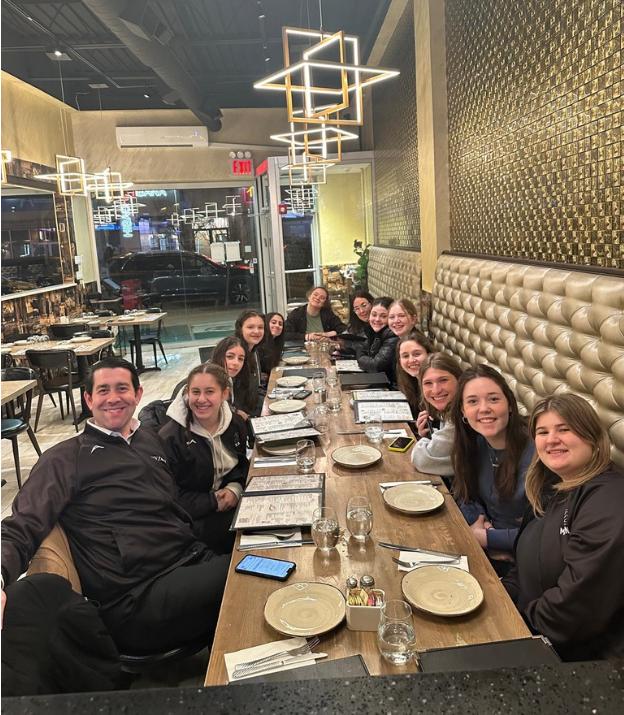
The GMSG Lady Macs continue to practice their basketball skills in preparation for the upcoming Hyman P. Galbut Tournament, on February 26. There, they will be in the warm Miami Beach competing against eleven other Jewish Day Schools. It's another exciting opportunity for the Lady Macs to showcase their talents and work together as a team. We know they will represent Memphis well and we hope they will bring home the trophy.
Looking ahead, GMSG is also preparing for the YUNMUN (Yeshiva University National Model United Nations) conference which is fast approaching on February 23. The team has been preparing diligently, mastering their skills in public speaking, teamwork, and negotiations. As Hodaya Harary said, “Joining the YUNMUN team for the first time was intimidating, but with the help of my team I’ve been able to get into the spirit and they have taught me how to prepare. I look forward to solving global issues with my friends. I’m sure that all of our hard work preparing
Finally, the GMSG Gala Dinner is just around the corner, scheduled for Monday, March 31st. This annual event is a highlight of the school year, providing an opportunity for the entire community to come together in support of GMSG. The students have been working tirelessly to prepare for this event, perfecting the menu, and making sure every detail is in place to create a memorable evening for the community. We encourage everyone to make their reservations in support of the GMSG.
Through these many exciting events, GMSG students are building new friendships, deepening their love of Torah, connecting to the land of Israel, and having a blast. We are so thankful for all of these opportunities.
As Adina Schwartzberg said, “I’m so grateful to attend the GMSG where we are afforded so many memorable opportunities for growth.”
By Shayna Klein (’25)
or thousands of years Jews have been victims of baseless blame for anything and everything. The weather, the media, there is nothing that has not been pinned on Jews, for whatever reason, even the Black Death of the fourteenth century. About 700 years ago in Strasbourg, France, nearly 2,000 Jews were brutally murdered, taking the blame for the Bubonic Plague. Between 1347 and 1352, a horrific plague known as the Bubonic Plague or the Black Death swept Europe, killing millions. Historian Ole J Benedictow estimated that around 60% of Europeans died at this time from the plague. The plague was caused by a bacterium called Yersinia pestis and was spread by fleas who nested in rodents. In the Middle Ages, they had no medicine to treat it and an estimated 80% of those infected died from it, including many Jews. However in a time of rising antisemitism, the Christian neighbors chose to blame the Jews for the outbreak, as historian Heinrich Graetz quoted “...the suspicion arose that the Jews had poisoned the brooks and wells, and even the air, in order to annihilate the Christians of every country at one blow”. For no apparent reason, Jewish communities were under attack and were wrongfully and violently being blamed for the horrific disease. Early attacks included locking Jews in a synagogue in Cologne and setting fire to it and the one-day murderous
pogrom of Mainz, erasing the entire community. The Holy Roman Emperor Charles IV even decreed that the Christians could seize property of murdered Jews with no consequence, which only encouraged more murders. But the biggest and most brutal attack came on February 14, 1349 in Strasbourg, France.

It began in a town called Benfeld with the “Benfeld Decree”, written by a group of feudal lords in 1349 attempting to formally blame and attack the Jews, calling for their expulsion from the Alsace region and listing them for murder. The city of Strasbourg refused to comply, instead protecting their city’s large and thriving Jewish population. The plague had not yet reached the city and the citizens lived in fear of when it would come, and while the city’s bishop protested strongly against the Jews, the other officials, including the mayor and sheriff staunchly protected them. However on February 10, a mob of extremist citizens overthrew this government and a hateful group of butchers and tailors, backed by Jew-hating noblemen, took over. One of the group’s first actions was arresting the Jews, charging them with poisoning Christian wells to spread the Black Death.
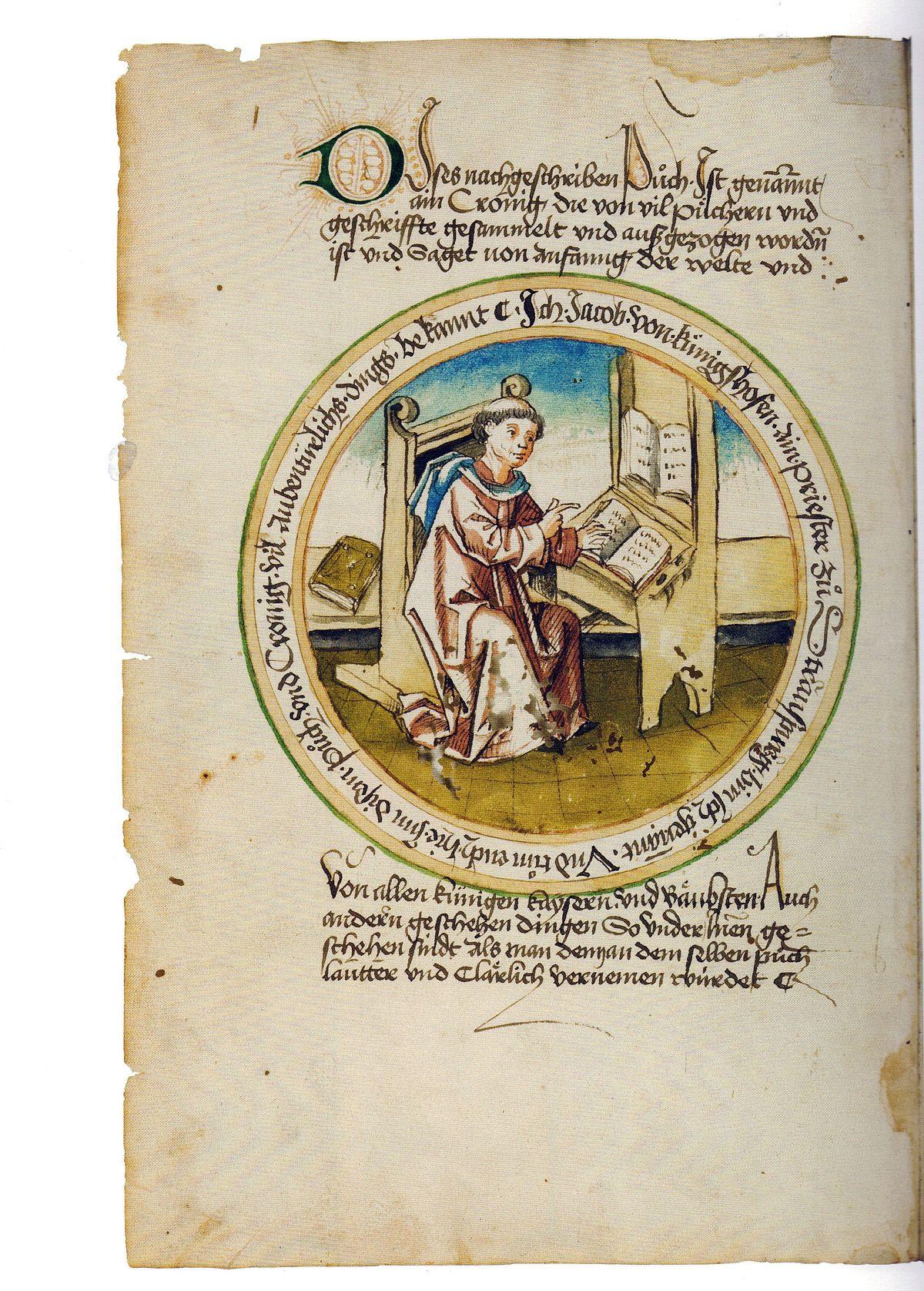
February 13 was a Friday, but instead of joyously preparing for Shabbat, the Jews of Strasbourg were dragged from their homes to prison to await their sure deaths. They were promised salvation if they would convert, but it was a false promise. On February 14, a holiday for the Christians, they gathered all the Jews of the city, nearly 2,000 men and women, and burned them alive, in their own Jewish cemetery. Some children were saved and raised as Christians, but for the majority of Stasbourg’s Jews, this was their end. A priest, Jakob Twinger von Konigshofen recorded the massacre and recounted that “the council...took the cash that the Jews possessed and divided it among the working-men proportionately” showing the financial motive the officials had in killing the Jews. Townspeople also gathered immediately following the burning, searching through the ashes and corpses for any valuables. The city and government faced no criticism or consequence at the time, and the story of Strasbourg’s Jewry was all but forgotten. But it happened today, less than 1,000 years ago, and it should not be forgotten. Antisemitism is nothing new, only getting stronger every day. By remembering stories and recent historical events of Jews giving their lives because of baseless hatred, it keeps us strong, shows us to keep going, and builds our Jewish nation to fight back.
By Adina Schhwartzberg ('28)

After a fun-filled GMSG Shabbaton, we noticed some GMSGers pack some silly survival tools and made a list of our favorites to share!
For those constant stressors who always think there is something they are missing, even when everyone is together, might end up running out of space faster than you would think. Every person brings one suitcase, that in some cases might end up FILLED to the brim with textbooks. AP Gov, History and the math textbook we haven’t touched all year all make their way into our small carry-on’s.


So, these school trips often leave room for the many questions that come from pre-packing stress. Will our cabins be clean? Will we have a nice view? And most importantly, will the place we are staying have a kitchen with usable ovens? With a lack of definite answers, backpacks weigh just a little bit more as toasters are thrown in at the last minute to make sure our yummy yummy freezer bagels can be cooked just the way we want while we are away.
Have you ever read the book “Messes of Dresses”? A common kids book showing what happens when you end up with just a bit too many dresses. It seems like sometimes the GMSG’ers think they live in that book. Somehow, the words “3 days” don't resonate with the girls because rather than packing for our super fun three day long excursion, months worth of outfits end up hanging in the closets of whatever resort we are staying at…

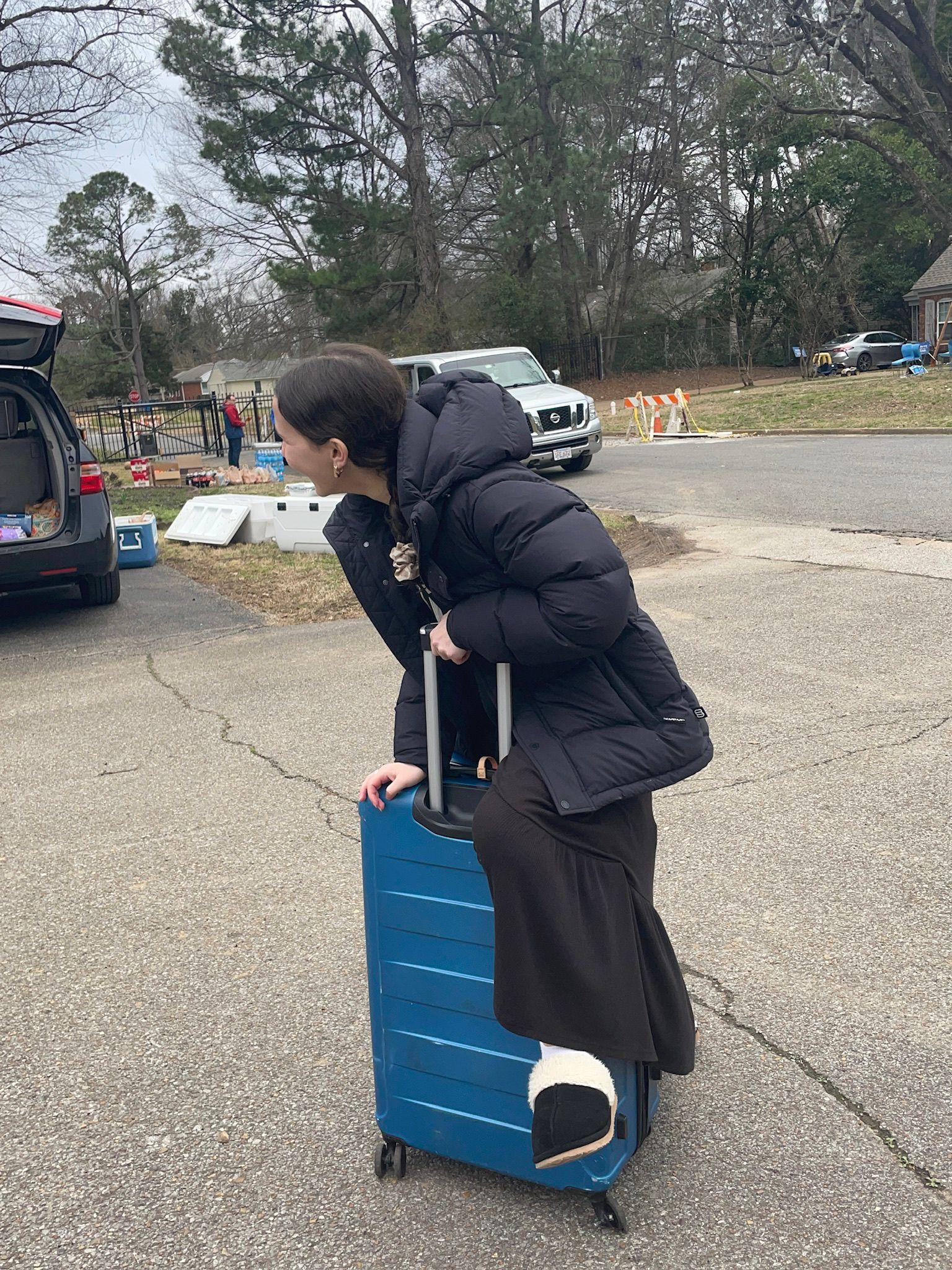
You may have thought that by high school we wouldn’t need our emotional support squishmellows with us 24/7. That's where you're wrong. Although there are only twenty-seven students coming on our shabbaton, there are many more participants. Because of course everyone needs their favorite stuffed companion taking up a seat right next to them on the bus. If anyone were to come and join our late night Kumzitz, you would count closer to thirty five heads, twenty seven belonging to humans, and the rest assorted koalas, lizards and of course the teddy bears.
Maaaaa. Motzei Shabbos can sometimes be a little bit low maaaaintenance, but don’t worry because the GMSG came prepared. After spending a packed shabbos together and having a blast, we “unpacked” a surprise which was pulled out of a corner from the trunk of the cars. Around twenty goats came galloping onto the deck and assisted our Saturday Night Yoga Session, afterall, you never know what you might need to keep you busy. Lets just say, it was the GOAT Motzei Shabbos activity.
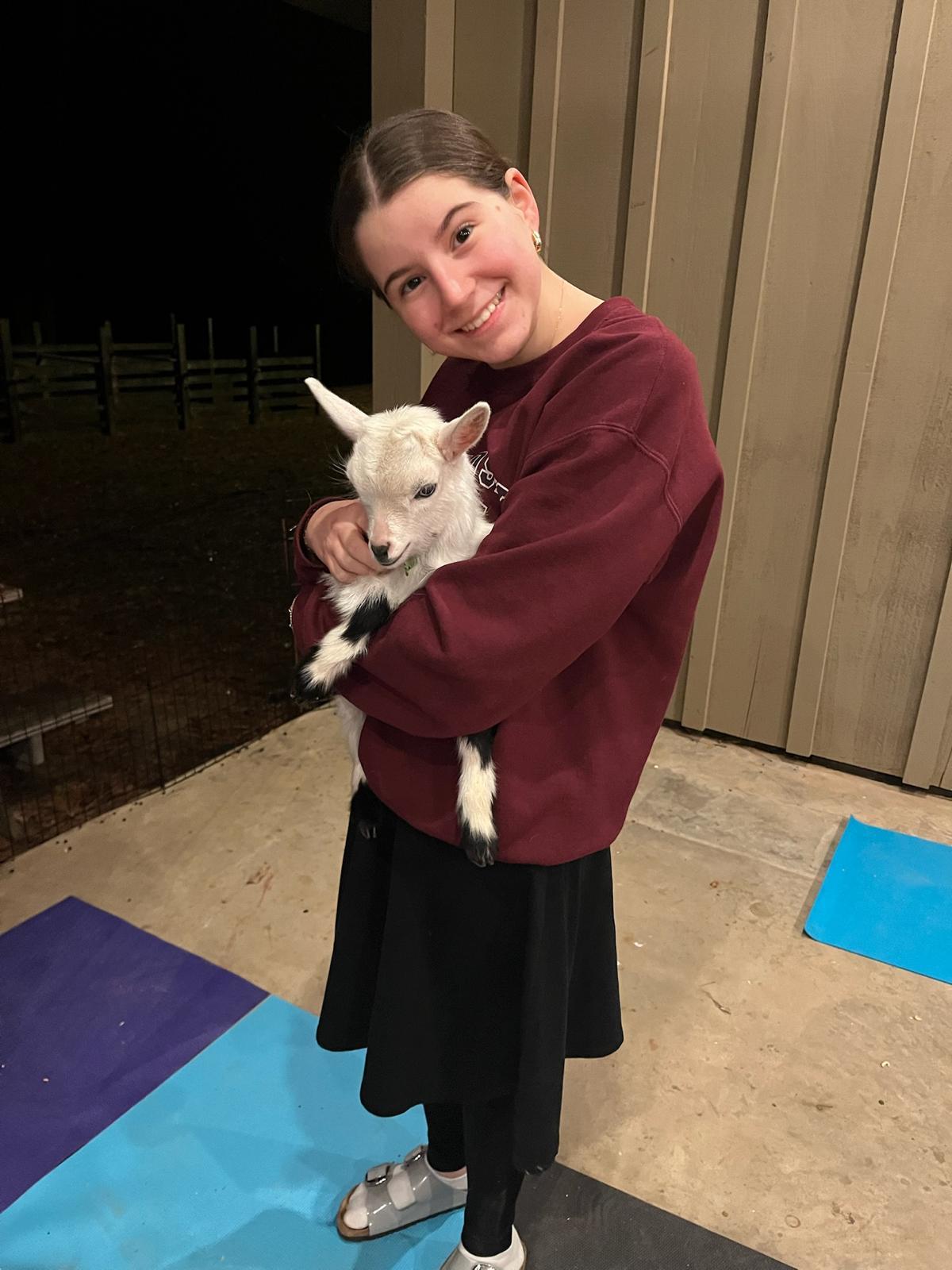
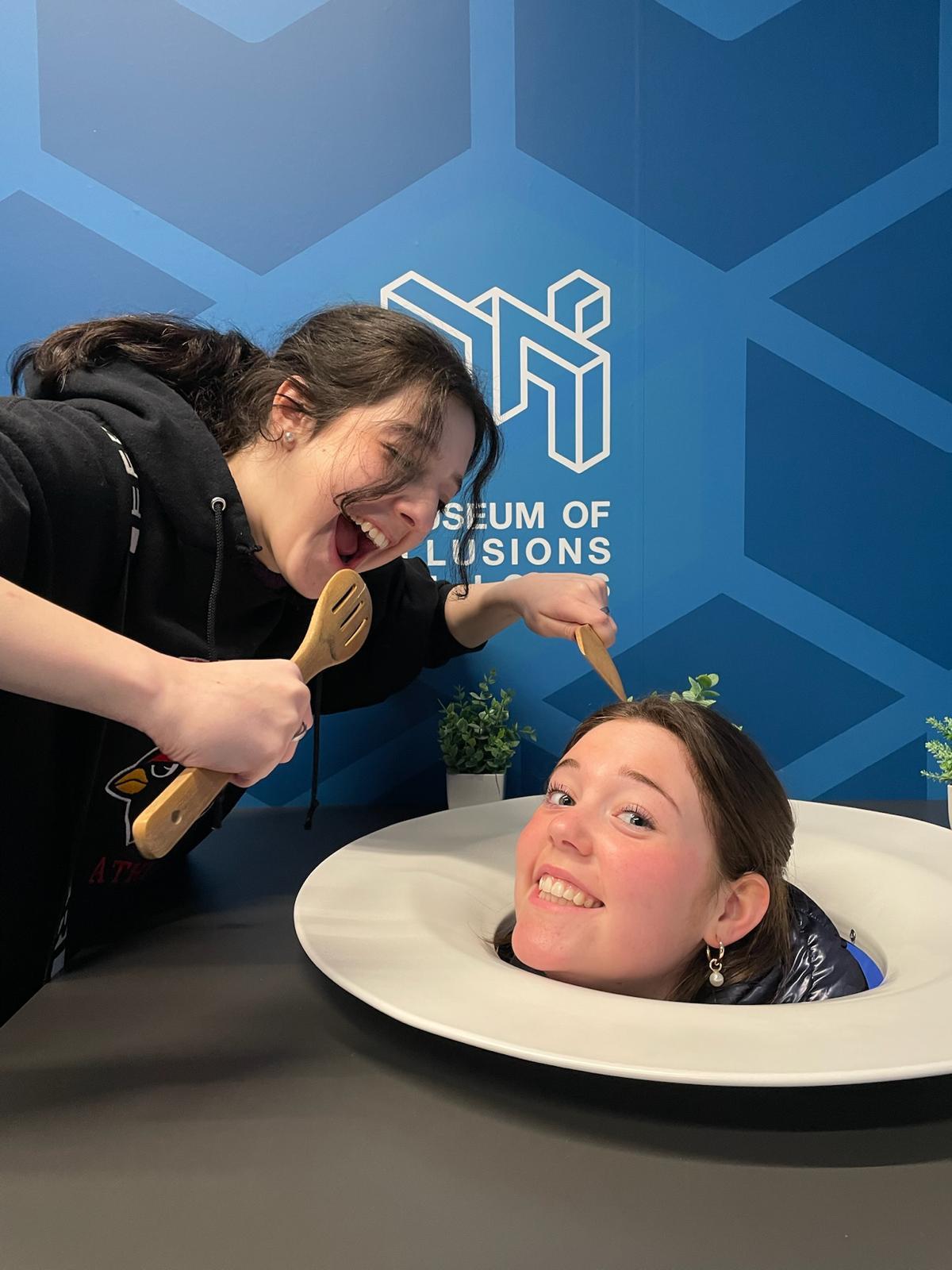
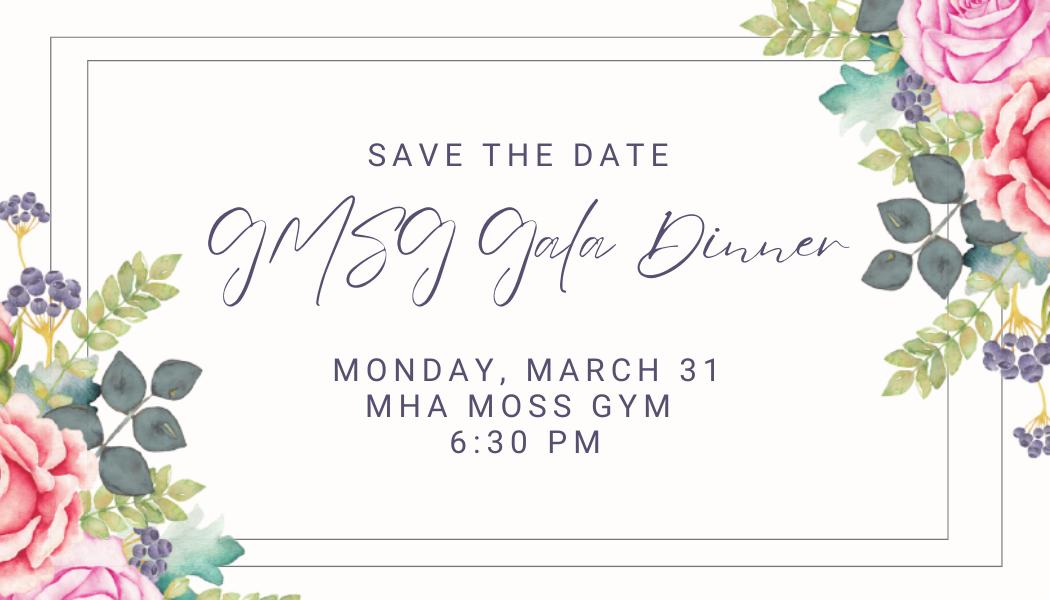


By Brooke Sanderson (’25)

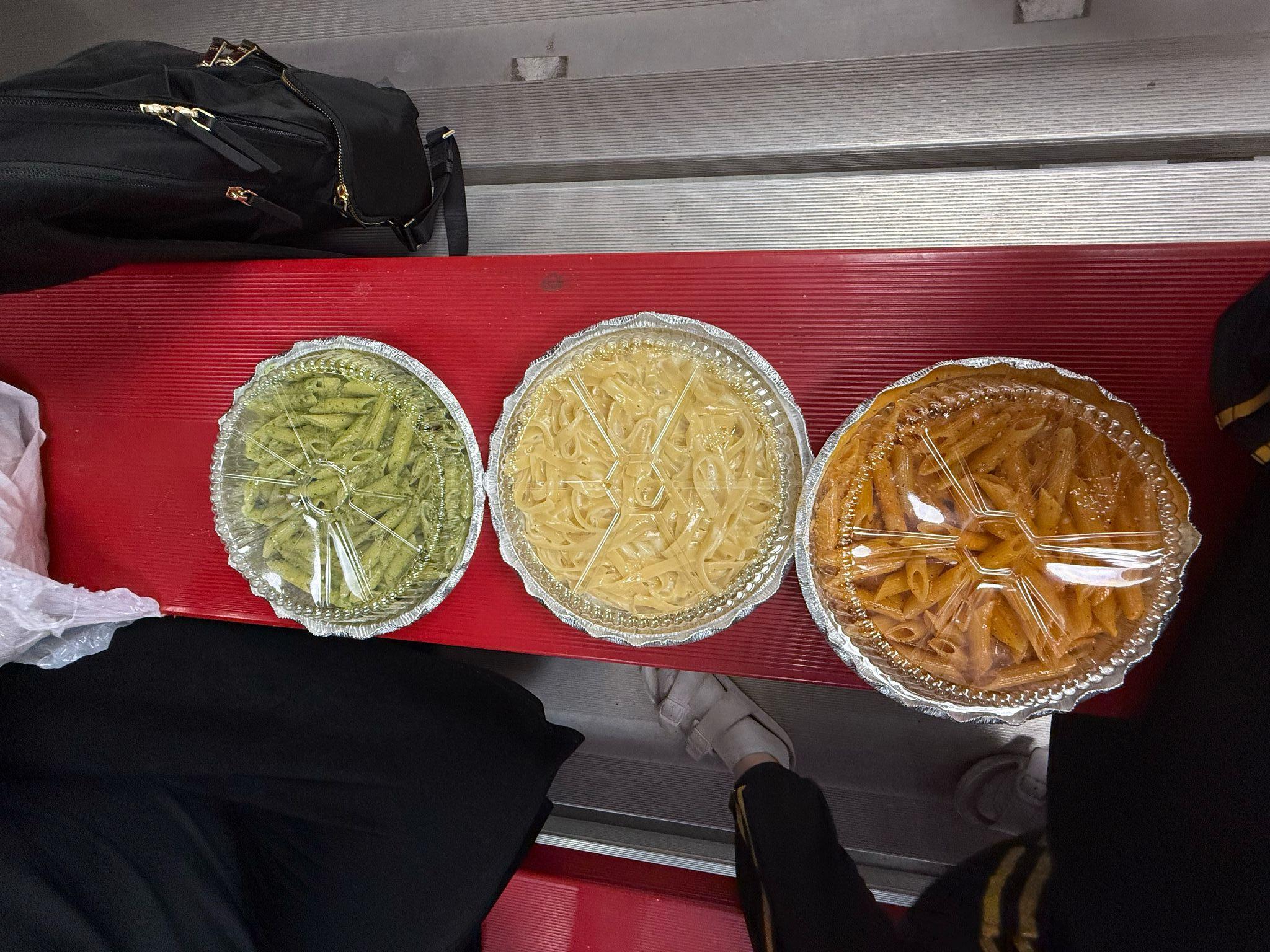
We started off our day bright and early at 9 AM with our first game against the Yeshiva of Flatbush.

After our lunch, we headed off to a different gym for our game against HAFTR JuniorVarsity.

Then, we had a quick bite to eat before we prepared for our second game of the day.



After a long day, we headed over to Chickies for dinner with all of the fans that came to cheer us on.



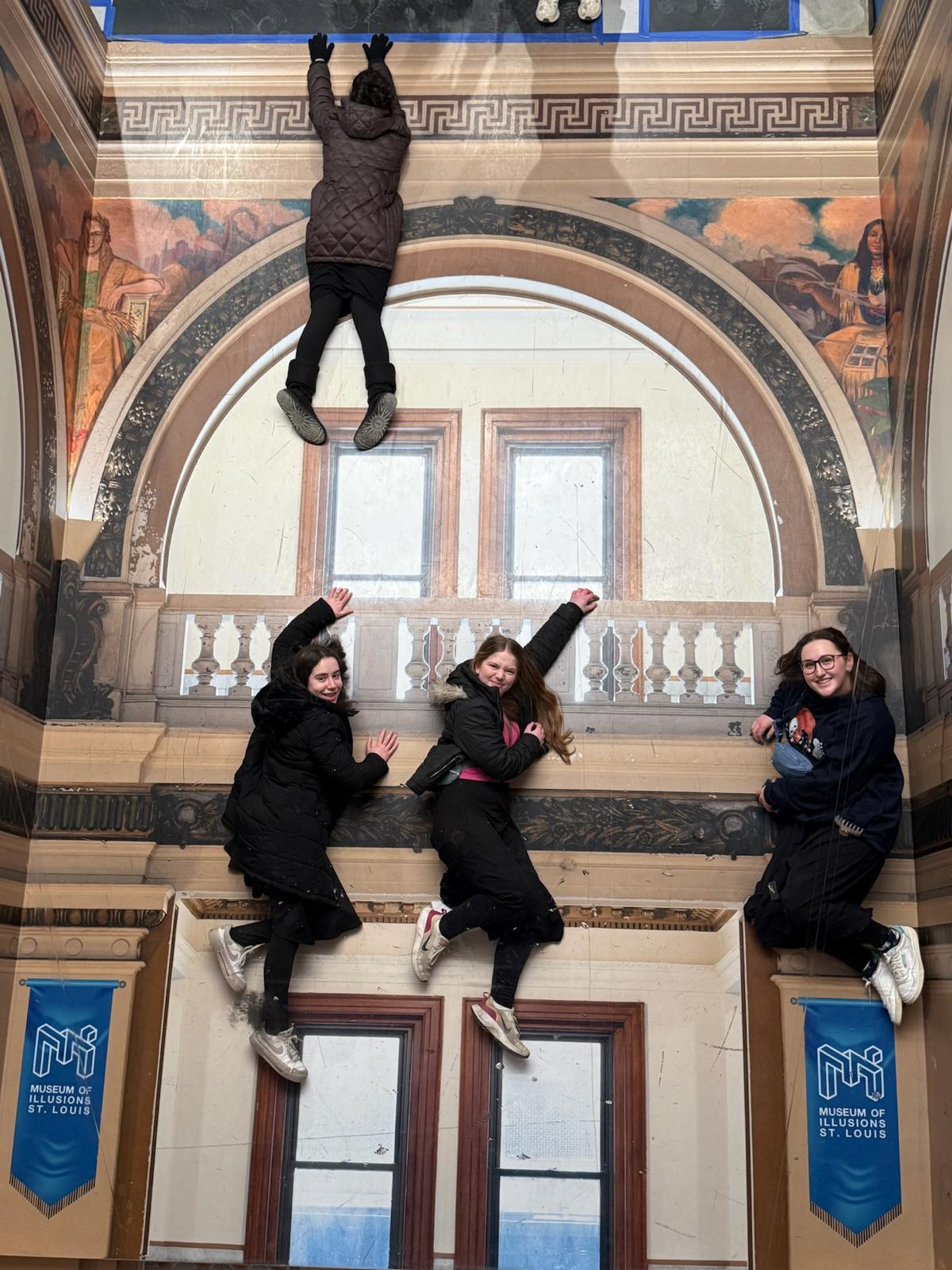
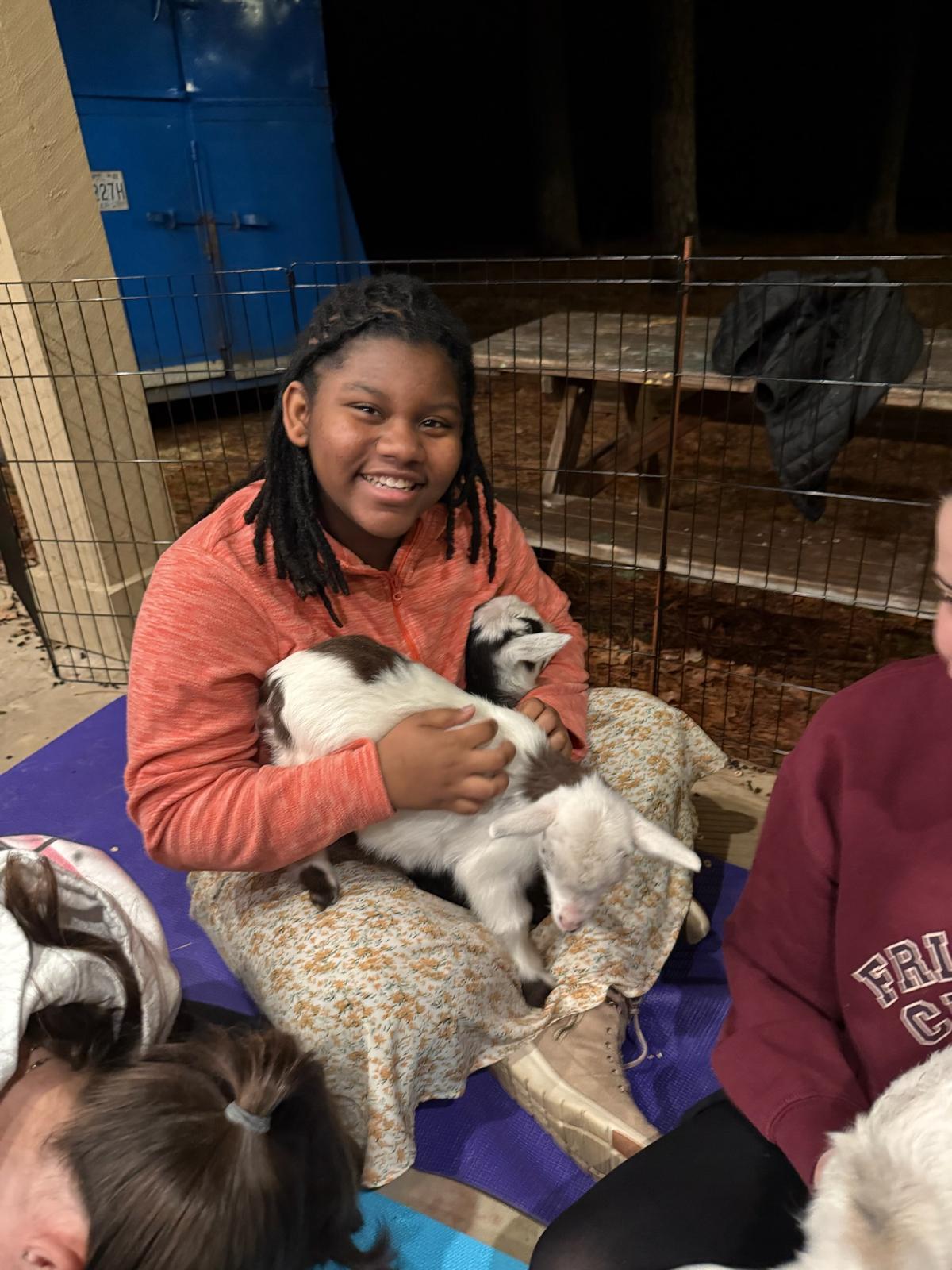

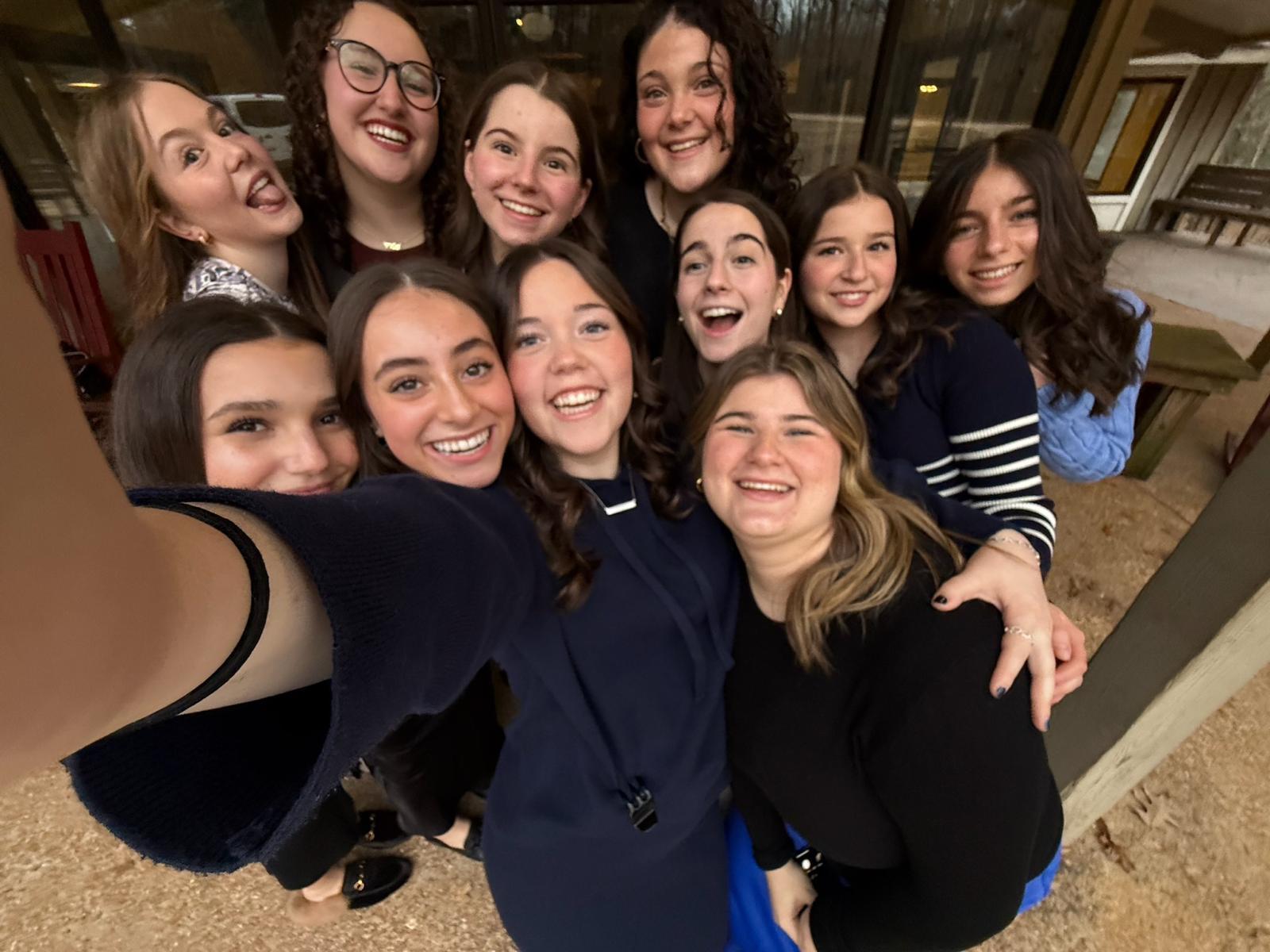
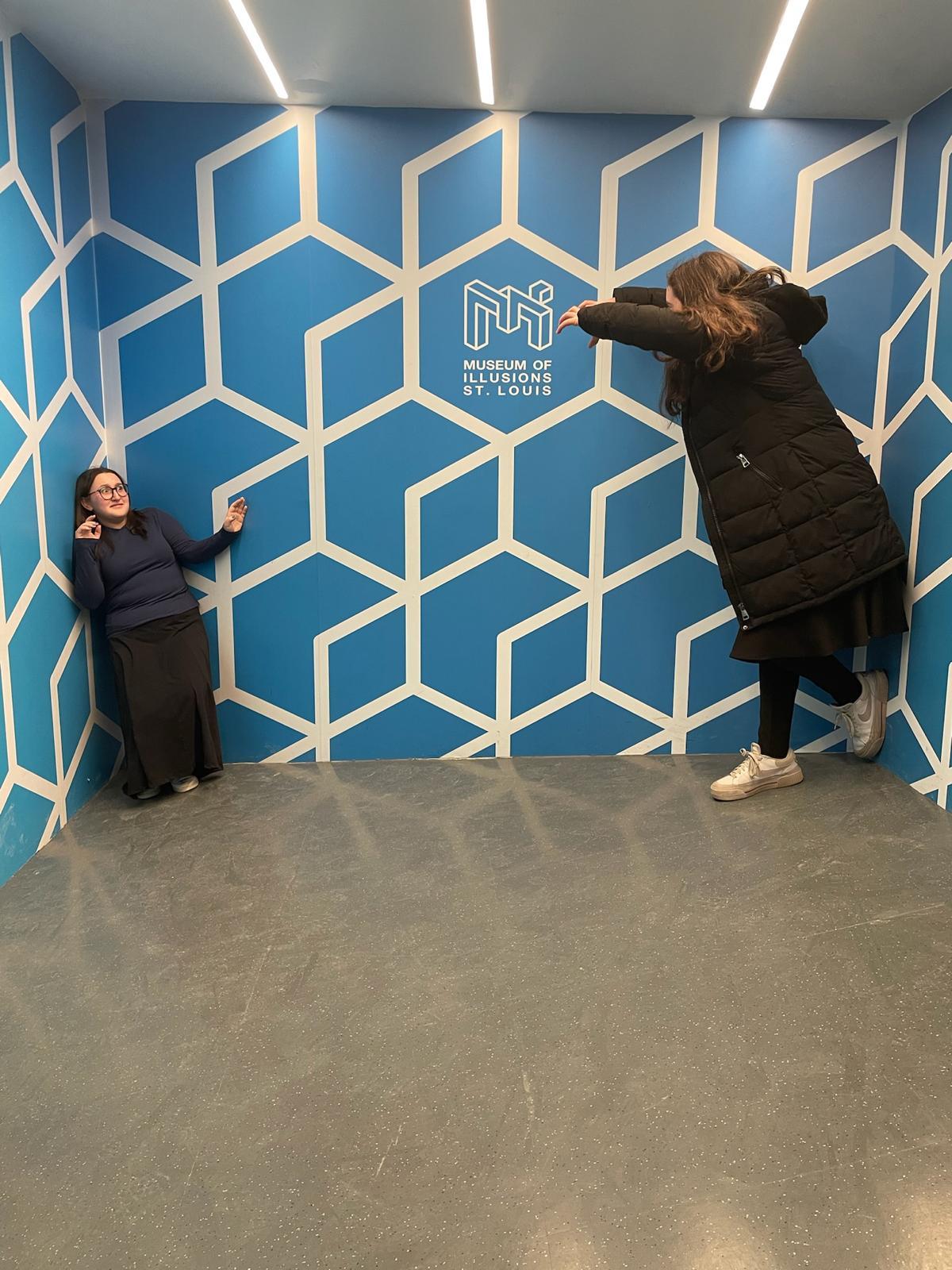
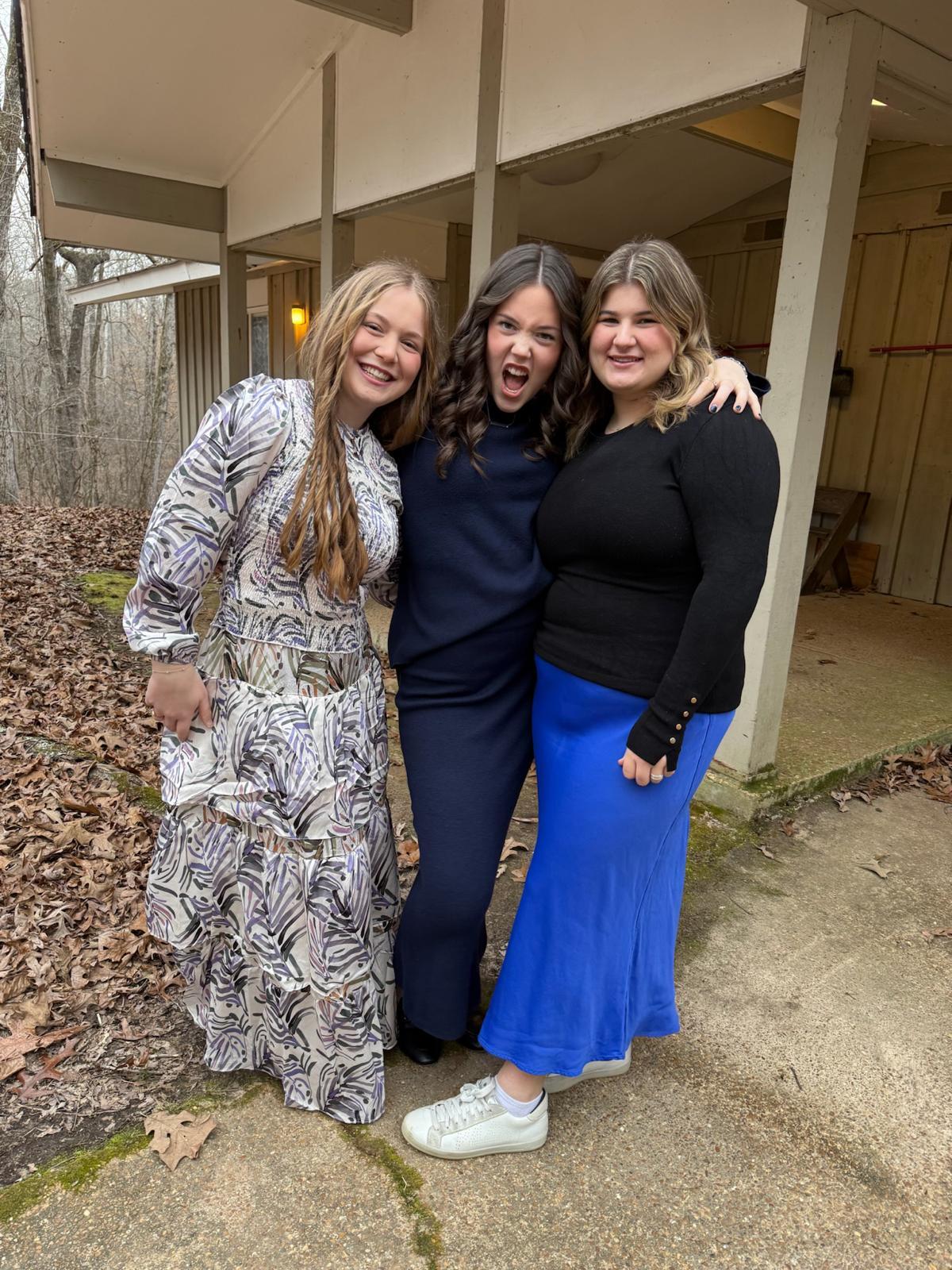
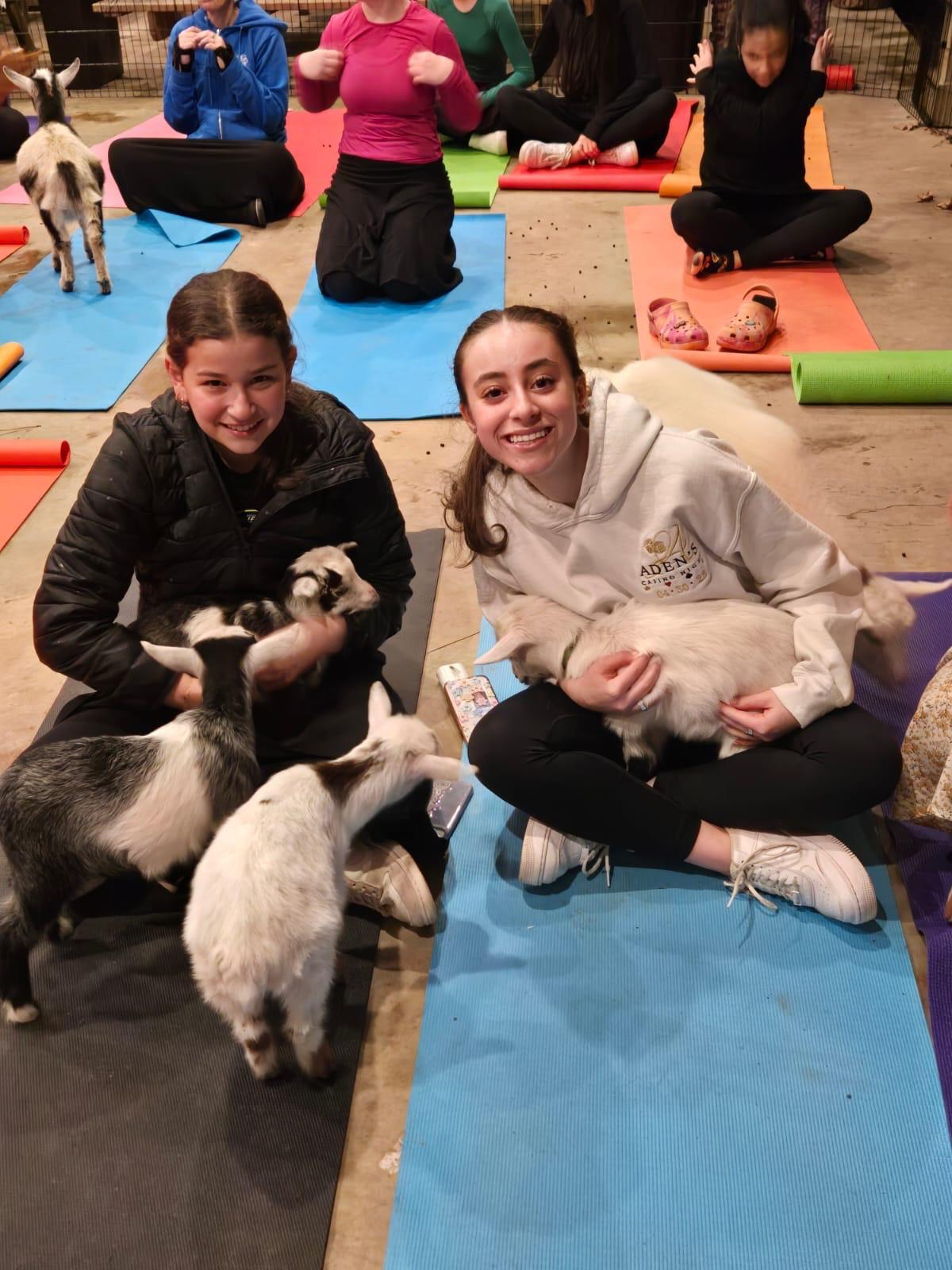
Seconds before disaster.



Try to find all the differences, we bet you won't! If you think you've found them all, send them in to sarah.kahane@mhafyos.org
Dear Golide,


I am so incredibly stressed. After midterms I thought I would nally be able to catch a break. Little did I know that less when a month later we would have activity after activity, event after event. Don't get me wrong, I love how there's no school for around two months, but there's so much to do. I have to paint, dress up, pack, cook, entertain, etc. Not to mention that the teachers will continue to give us homework and tests, no matter how many times we object. How am I possibly going to have any time for this in my jam packed schedule?? Please help me Goldie!
Love,
Overwhelmed_Ora9207
Dear Overwhelmed_Ora9207, Gee aren't you just a ray of sunshine. Back in my day, two months off of school only happened if you caught a bad case of smallpox! I understand that you're stressed, but hey, that's life, you just have to roll with the punches and keep going. Maybe try to think about all the ways you can contribute to these events and activities you have going on instead of complaining about them. No one likes a Debbie Downer. Use the talents you have to your advantage and try not to get so down on yourself if things don't go your way. You know that they say, time flies when you’re occupied with multiple different school activities... Remember, if you’re enjoying yourself, these two months are going to fly right on by, and before you know it, you'll be old like me wishing you could do all that fun jazz.

Dear Readers,
It has been and continues to be a packed month in the GMSG. From Shabbatons, tournaments, and events, GMSGers have learned incredible leadership and unity, all while having a great time. We hope you too can take lessons from the Parsha, learning how to lead with humility, and caring for every person around us. Good Shabbos.

To sponsor an issue for just $30, email Margalit Goldkin at margalit.goldkin@mhafyos.org
Shayna Klein
Editor-in-Chief shayna.klein@mhafyos.org
Sarah Kahane
Senior Editor sarah.kahane@mhafyos.org
Dahlia Siegel
Managing Editor dahlia.siegel@mhafyos.org
Hodaya Harary
News Editor
hodaya.harary@mhafyos.org
Neima Rovner
Assistant Editor-in-Chief

neima.rovner@mhafyos.org
Brooke Sanderson
Layout Editor brooke.sanderson@mhafyos.org
Atara Segal
Features Editor
atara.segal@mhafyos.org
Aliza Wiener
Social Media Editor
Talya Mendelson
Margalit Goldkin
Sara Shimanovich
Yonina Lichter
Rachel Sanderson
Debi Cohen
Adina Schwartzberg
Yaheli Zalman
Daphna Kam
Sara Klein
Mrs. Ashley Brown &
Mrs. Ashley Brown & Rabbi Baruch Harris
Faculty Editors
aliza.wiener@mhafyos.org
Instagram: @goldie_globe
Mrs. Dina Selter